Philip Haigh lifts the lid on the Office of Rail and Road’s report into poor planning and performance issues on the infrastructure company’s Western and Wales routes.
When overhead wires first appeared above the tracks into Paddington station in the 1990s, they powered Heathrow Express’s 15-minute service, which came to eight trains per hour.
Philip Haigh lifts the lid on the Office of Rail and Road’s report into poor planning and performance issues on the infrastructure company’s Western and Wales routes.
When overhead wires first appeared above the tracks into Paddington station in the 1990s, they powered Heathrow Express’s 15-minute service, which came to eight trains per hour.
When I checked an hour of June mid-morning services, I found 64 trains passing Ladbroke Grove, part way between Paddington and Heathrow Airport.
That substantial increase came with Elizabeth line services using Class 345 electric units for inner-suburban services, and as Great Western Railway brought electric ‘387s’ onto outer-suburban services and ‘bi-mode’ Class 800s to long-distance trains.
That goes some way to explaining why those overhead wires have become less reliable. Yet the OLE is just one of the problems that led to performance failing so far that Network Rail’s regulator, the Office of Rail and Road, had to step in.
Just days after ORR wrote to NR Wales & Western Region Managing Director Michelle Handforth last November, to launch an investigation, she resigned. NR then started what it dubbed ‘Project Brunel’ to recover performance over the next year, with a budget of £140 million.
ORR’s report into the problems lay bare the truth of a Network Rail region that simply failed to plan for (and cope with) the predictable effects of increasing traffic. Not only were there more Elizabeth line trains, there was also an increase in stone trains supplying London’s construction industry from Mendip quarries.
NR had seen the increase coming. ORR records NR establishing ‘Project Fusion’ with train operators, to prepare for Elizabeth line services. However, it then notes that NR closed the project six months before the Elizabeth line’s central section was connected operationally to NR’s Western Route.
“There was much still to do,” notes ORR in its 141-page report into the region’s performance problems.
It adds: “It does not appear that Network Rail fully prepared for the introduction of the Elizabeth line.”
Sitting above the problems were frequent changes to the region’s leadership. ORR says the region has had three managing directors since NR formed it in 2019, while the Western Route (which includes the main line into Paddington) has had three MDs over the same period. And Handforth lived in Aberdeen, which surely made it harder to get to know the region and its people.
“Instability has noticeably impaired the region’s organisational clarity and consistency of focus that was needed to prepare and adapt to the significant operational changes experienced,” says ORR. It later notes “a general lack of obvious network performance focus or culture”.
It’s clear that NR was making life harder for itself with a structure on the region that split infrastructure delivery from its two routes - Western and Wales. ORR describes this as “further splitting track from train”, to leave those working in infrastructure delivery isolated from their effect on train operations.
The regulator’s report argues that this split contributed to NR giving train operators just three days’ notice that it was closing Nuneham Viaduct (near Oxford) for major repair work in spring 2023. It reckons that NR should have realised the viaduct had problems earlier in the year, and that it could have acted on a consultant’s report from 2019.
In addition, ORR says NR missed the opportunity to link information from different infrastructure disciplines that would have alerted it to the viaduct’s problems.
Yet it’s not just major closures such as that at Nuneham that pushed NR’s performance downwards. It has also struggled with track and points failures, and unreliable axle counters.
For track, it’s not that NR didn’t and doesn’t know the problems (ORR acknowledges that “track leaders know their assets and are aware of the problems”), but rather that it struggles to fix faults because it can’t easily get onto the track.
This comes from its ban on what was called ‘red zone’ working, where track staff could work on lines open to traffic.
The ban followed in part from a fatal accident at Port Talbot in 2019, when two track workers were struck by a train.
Without doubt, it’s correct to remove staff from the risk of being hit by trains. But it means that trains must be stopped before staff can fix track faults. Access must be planned, or trains delayed while NR fixes problems. Nor is NR helped by the increase in trains running, particularly on the busy Thames Valley section.
However, ORR is blunt when it says: “Reduced access resulting from changes to train services was foreseeable and should have been planned for. The region has not demonstrated a strategic approach to planning and optimising the efficiency of its access.”
Lack of access and staff has contributed to a 40% shortfall in renewing track through the Thames Valley in Control Period 6 (2019-24), although ORR suggests that this is unlikely to have had a large impact on train performance.
However, it does note the number of temporary speed restrictions imposed for defects on crossings (one of the components of points which are also known as switches and crossings).
To combat this, NR is installing more void meters to detect gaps appearing under tracks (which lead to track being poorly supported, flexing more, and potentially cracking). NR has also introduced two ‘measured shovel packing’ teams in the Thames Valley. They carefully place the correct amount of ballast into voids to restore proper support.
Then there’s axle counters. NR completed an installation programme in 2021 that replaced unreliable track circuits. Axle counters quickly proved beneficial, with failures rates sharply reducing - from 7.5 years as the mean time between service-affecting failures to 17.6 years in the first year of service.
But just a couple of years later, this mean time had increased by 46% and delays increased by 334% (doubtless affected by access problems as well).
ORR adds: “The failures and delay were primarily associated with just four of these new axle counters.”
It reports that a large percentage of the failures has been traced to the clamp that holds the axle counter head against the rail working loose. ORR says that NR has not yet managed to fully identify the root cause of this loosening.
The track owner also saw a higher-than-normal level of signallers leaving Thames Valley Signalling Centre, which contributed to a loss of knowledge in how to work around problems.
ORR commends NR for filling the resulting vacancies (there is now just a 4% vacancy gap). Overall TVSC signaller numbers rose from 70 in 2021 to 130 two years later.
But this could be a double-edged sword. ORR notes that newly trained signallers will be trained in the latest tools and decision-making techniques. However, with overall experience levels lower, it can take longer to make the best operational decisions.
It’s not just NR staffing levels that affect performance. Recovering delays depends on train operators having sufficient staff to be able to cope with crews missing relief points and running beyond working time limits. Making traincrew diagrams more efficient can reduce resilience, ORR says.
It reveals that GWR has changed its drivers’ plan in the light of cutbacks to the line’s electrification programme, and also to save money (at the Department for Transport’s request) following the pandemic. ORR reckons this “means that drivers are more likely to be displaced during disruption, making service recovery more complex”.
This is a classic ‘whole railway’ problem that is not solely of NR’s making, although it would be diminished if the underlying infrastructure were more reliable. ORR lays blame at NR’s door, saying it has “not seen evidence that NR has a full and detailed understanding of the issue”.
There’s another area in which the Western has had too few staff - delay attribution. While politicians might criticise ‘armies of staff’ arguing about delays and their cause, ORR suggests that if NR doesn’t understand what is causing delays, then it can’t properly plan their prevention.
And being unable to pin a delay properly to its cause means that it automatically becomes an NR delay, inflating the track owner’s figures more than might be fair.
Above all, it seems that NR was simply swamped by the scale of change coming to the Western, and its rapid turnover of senior staff who failed to stay for long enough to get to grips with the problems and provide the leadership their teams needed.
And there’s more change coming, with work to build a major new station at Old Oak Common to jointly serve High Speed 2. This can’t be anything other than disruptive.
Then there’s the very likely internal disruption coming with NR’s abolition in favour of Great British Railways. It might not change the teams out on the tracks, or in planning offices, but it could well contribute to more turnover at senior levels.
I fear the railway of Pole, Fiennes and Bond still has some bumps ahead of it.
Login to continue reading
Or register with RAIL to keep up-to-date with the latest news, insight and opinion.

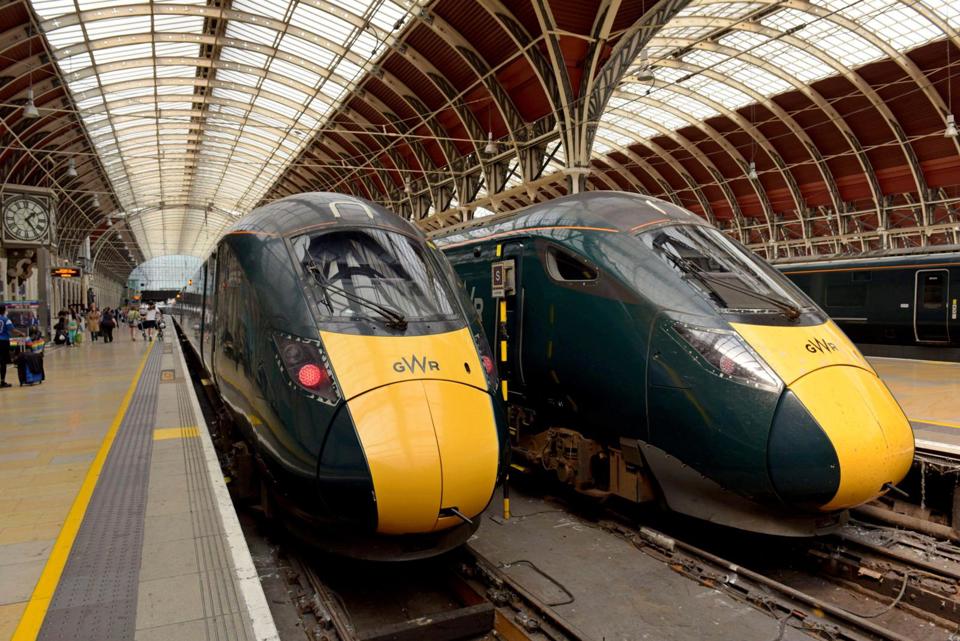

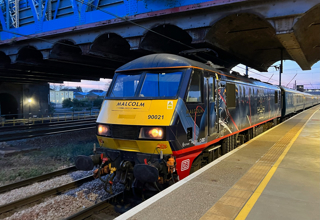
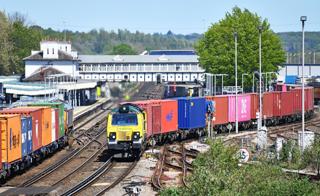
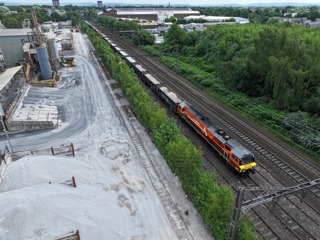
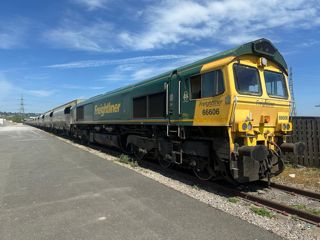











Login to comment
Comments
No comments have been made yet.